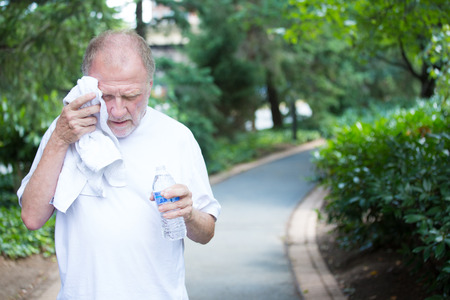Note that your final mark will not be saved in the system.
D5–D6 Adaptations and Additional Factors GapFill
You must fill all the gaps before clicking ‘Check Answers!’

The cardiovascular system is central to human health. Even those who are physically active and at the peak of physical fitness are susceptible to underlying conditions which affect the cardiovascular system, some of which could prove fatal. There is a greater awareness and development of cardiac screening over recent years, with many charities raising money to offer free screening services to those who want to be able to detect any underlying conditions they might not be aware of.
arrhythmic death syndrome (SADS) is a condition that affects the . It can occur in young, fit and seemingly healthy individuals and cannot be diagnosed, even after a post-mortem. This makes it highly unpredictable, but it can be prevented in those who have a family history of it as they are usually required to go for routine cardiac screenings. It is apparent that can increase the risk of SADS.
The increase in blood flow during exercise naturally results in an increase in blood pressure. If blood pressure at rest is already elevated in an individual, known as , this places a greater stress on the arterial walls carrying blood to the working muscles. High blood pressure usually goes unnoticed as it is generally asymptomatic, but it can be easily diagnosed by a standard blood pressure test. It is most commonly assigned to a blood pressure >140/90 mmHg. It is apparent that poor lifestyle choices can play a significant role in increasing an individual's risk of high blood pressure, such as physical inactivity and high intake. Low blood pressure (<90/60 mmHg) is also a dangerous condition, and individuals with it can be more easily diagnosed as it induces symptoms such as dizziness and lethargy. It can result in essential tissues being starved of oxygen as blood flows at a lower speed.
Exercise increases core temperature, which is exacerbated in the heat, increasing the likelihood of it exceeding safe levels and resulting in . There are systems in place that regulate core temperature, such as vasodilation and the sweat response, but these must be assisted by safe practices taken by the individual when exercising in the hear, such as fluid intake and wearing appropriate clothing. On the other hand, cold conditions can result in , and the individual must take precautionary measures to trap body heat and maintain core temperature within 1–2°C of normal core temperature ( ºC).